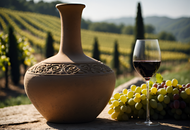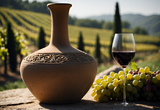Sep 26th 2025
The Fascinating History of Wine: From Ancient Origins to Modern Day
From the moment our ancestors discovered grapes could become more than fruit, wine became a thread woven through human culture. Wine was stored in clay jars and carried into sacred rituals and family meals alike. We picture merchants hauling barrels across dusty roads and sailors loading amphorae onto ships bound for foreign shores. Wine has been medicine and celebration as well.
And if you look closely at any bottle today, you’ll see that it carries those centuries within it. Each pour is part of a story that began thousands of years ago. In this blog, we will time-travel, glass in hand, through the history of wine.
The Ancient Origins of Wine
In Georgia, around 6000 BC, farmers were storing grape juice in clay jars buried in the earth. Weeks later, they would open them to find something remarkable. The juice had changed and had fermented into wine.
This wasn’t an accident left forgotten in the corner of a cave. It was deliberate. Soon, wine was part of village life. Archaeologists in Armenia uncovered the world’s oldest known winery with a press, vessels, and drinking cups as well. Wine carried cultural weight. In Mesopotamia, it was poured in ceremonies and even prescribed as medicine. Even in its earliest days, wine wasn’t only about intoxication. It was about connection.
Wine in Classical Civilizations
By the time great empires rose, wine had already traveled along. This became central to the way societies expressed power, creativity, and faith.
Egypt and The Nile
In ancient Egypt, wine was known to be reserved for the gods and the elite. Pharaohs filled their tombs with wine, certain that they would need it in the afterlife. Priests used it in sacred rituals. While beer remained the drink of the people, wine carried prestige.
Greece and the Symposium
In Greece, wine became the drink of ideas. Picture a symposium: men reclining on cushions, debating love, politics, and art. Cups of wine in hand, they treated it as a gift from Dionysus, the god of festivity. For the Greeks, wine was fuel for philosophy and creativity.
Rome and Expansion
The Romans didn’t just drink wine, they scaled it. Vineyards spread across their empire, from sunlit hills in Gaul to the rugged soils of Hispania. For the first time, wine wasn’t reserved for the elite; it flowed into the cups of everyday citizens.
To carry it across seas and roads, they perfected the amphora, those clay vessels you still see in museums today. Thanks to Rome’s ambition, vineyards planted two thousand years ago laid the foundation for regions that continue to thrive even now. Rome laid the foundation for wine as an industry, shaping practices that still influence us today.
The Middle Ages: Monks, Merchants, and Preservation
When Rome collapsed, vineyards could have vanished with it. But wine found unlikely protectors in monasteries. Monks studied vineyards, noticing how soil and climate shaped the flavor of each grape. As monks recorded observations by candlelight, the very concept of terroir quietly took root.
Merchants gave wine movement. They hauled barrels across trade routes, turning it into a booming business. Burgundy, Bordeaux, and the Rhine became stars of the medieval world. Thanks to both, wine didn’t fade after Rome. It found new strength.
The Renaissance and the Birth of Modern Wine Culture

The Renaissance was an age of rediscovery, and wine had its own rebirth during this time. With the arrival of glass bottles and corks, something remarkable happened: wine could finally be stored properly. Instead of drinking it all at once, people could set bottles aside and watch them transform. With time, flavors deepened, textures softened, and wines revealed new layers of complexity.
It was also during this period that terroir came into focus. People began to notice that even two hillsides just a stone’s throw apart could produce wines with entirely different personalities.

Wine in the New World
As European vines journeyed across oceans, they found new homes in distant soils. The New World gave wine fresh voices, shaped by bold climates and even bolder winemakers.
- When vines first reached the Americas with Spanish missionaries, no one could have guessed how far their roots would spread.
- Napa Valley soon grew into a symbol of elegance with its Cabernet Sauvignon.
- Chile, with its dramatic landscapes, created wines that spoke of mountain winds and coastal air.
- Argentina gave Malbec a second home, lifting it to new heights in the Andes.
- And Australia embraced Shiraz, crafting a style that today feels instantly familiar around the world.
Wine had become global, shaped by new soils, diverse climates, and bold winemakers. You can still explore these stories today: Woodland Hills Wine Company’s Trending Selections showcase bottles that carry echoes of this expansion.
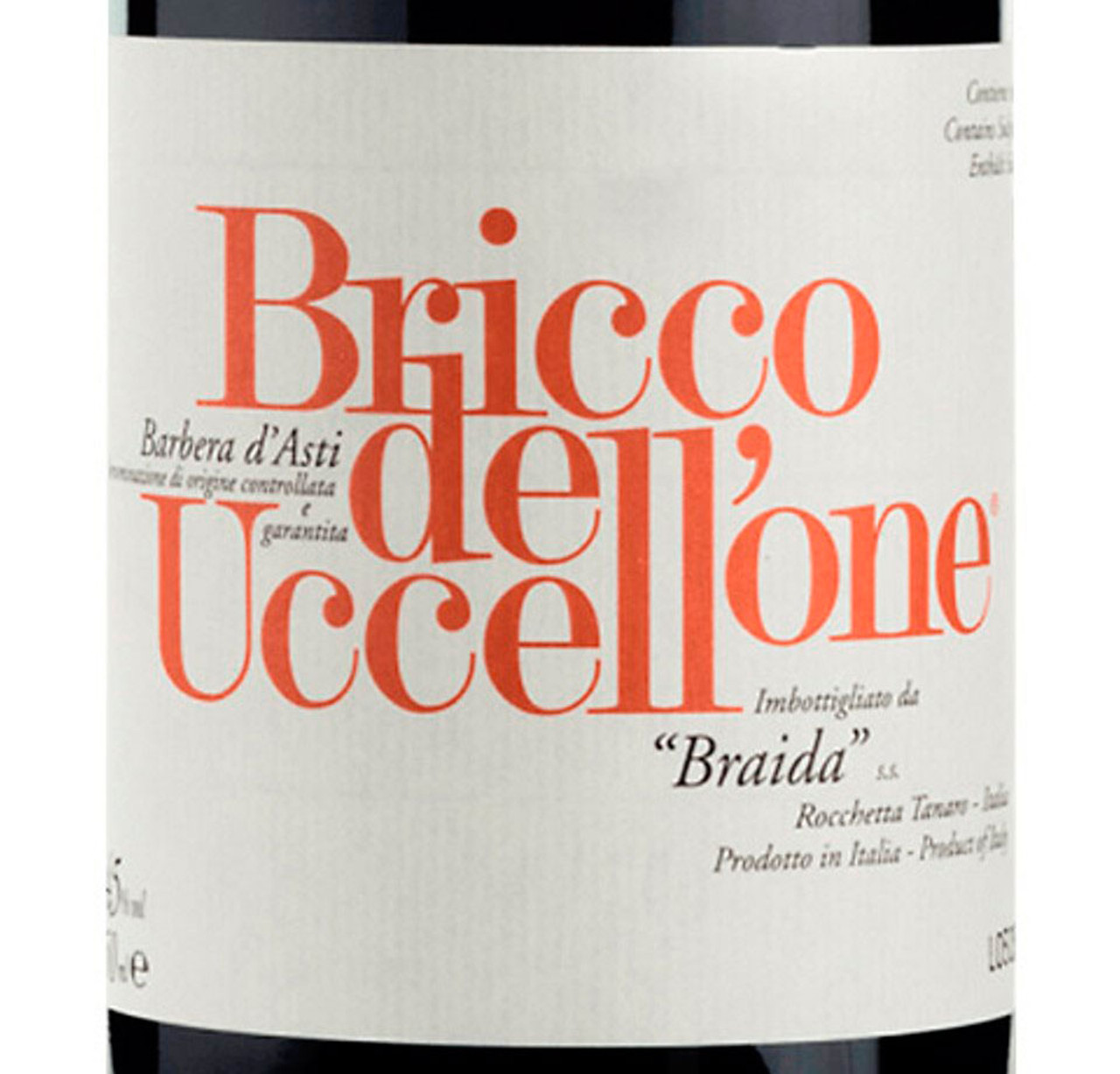
Braida (Giacomo Bologna) Barbera d'Asti Bricco dell'Uccellone 2021
Barbera from Piedmont, Italy
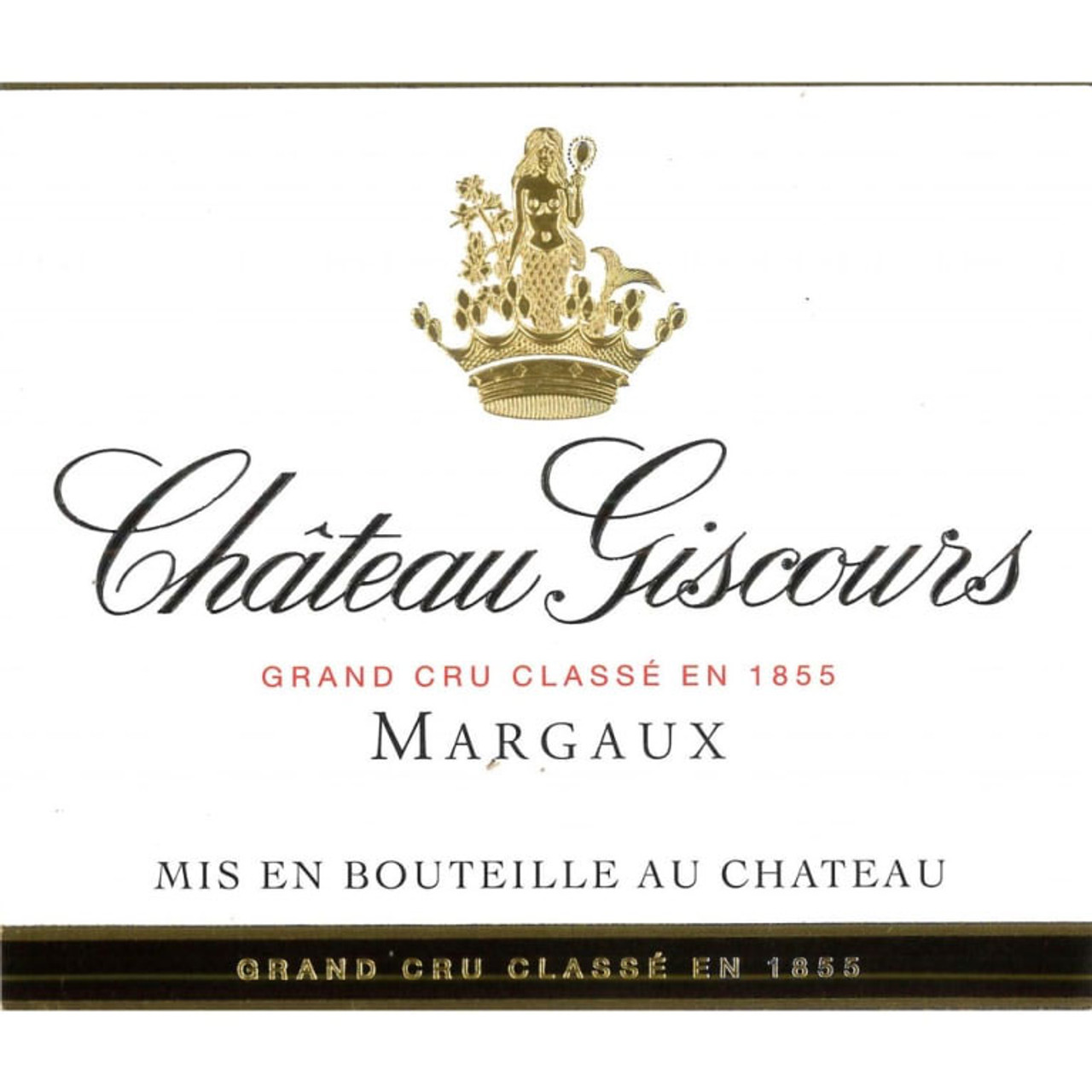
Giscours Margaux 2016
Cabernet/Bordeaux Blends from Margaux, Left Bank, Bordeaux, France
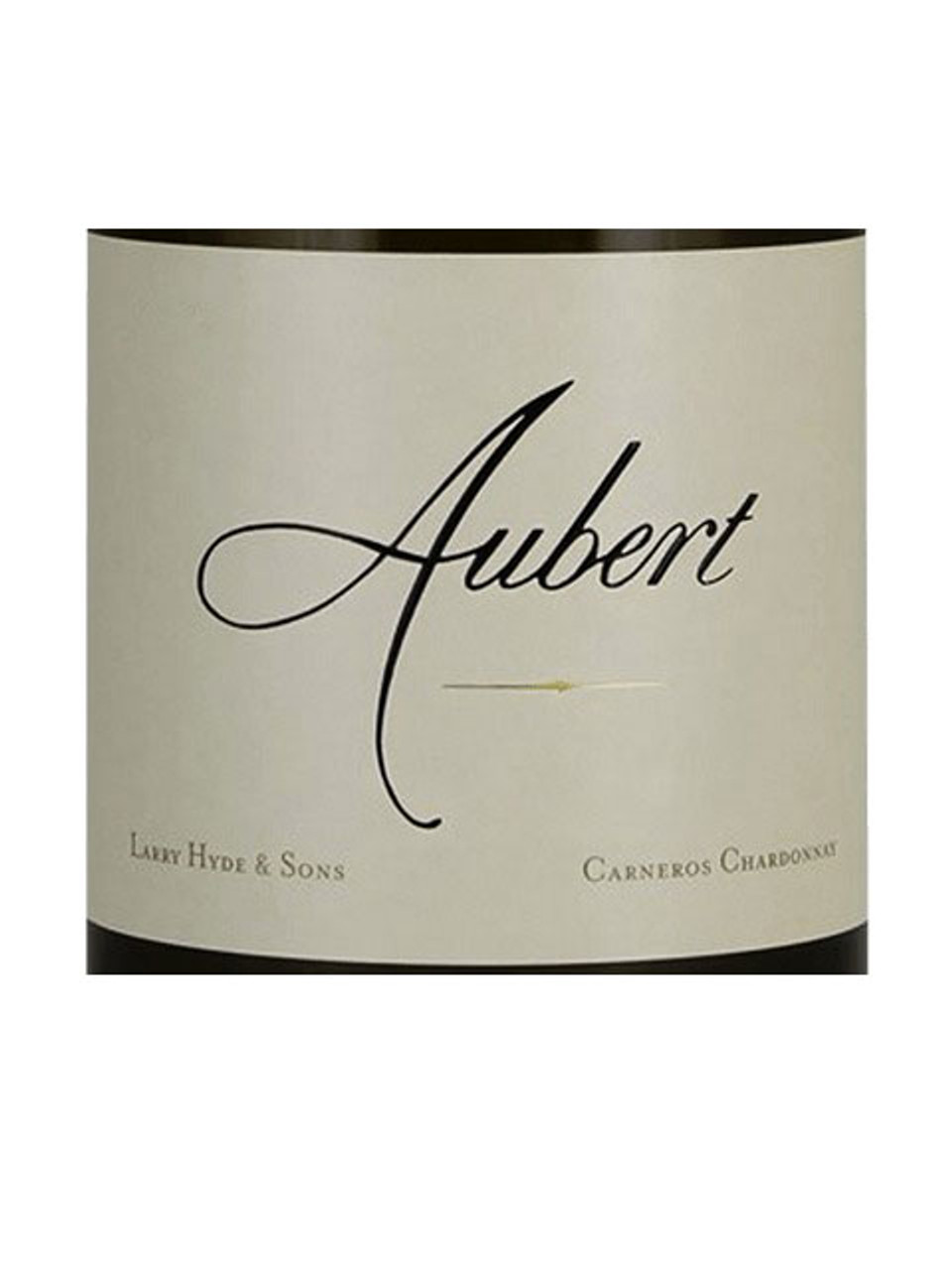
Aubert Chardonnay Carneros Larry Hyde & Sons 2023
Chardonnay from Los Carneros, Napa Valley, California
Wine in the Modern Era
In the 19th century, the phylloxera epidemic nearly destroyed Europe’s vineyards. A tiny insect created havoc in vines until scientists found a solution: grafting European grapes onto American rootstock.
The 20th century brought technology that changed everything. Stainless steel tanks. Temperature control. Consistency and freshness became possible in ways ancient winemakers could scarcely have imagined. Wine could finally highlight the purity of its fruit and the uniqueness of its land.
WHWC Somm Notes: Timeless Regions That Still Shine
Some regions have carried their brilliance through millennia. They remain as iconic today as they were in their beginnings.
- Georgia still makes qvevri wines in clay pots buried underground.
- Bordeaux continues to blend medieval prestige with modern elegance. Its structure and depth remain benchmarks.
- Tuscany offers Chianti and soulful Sangiovese, with hillsides that have looked the same since the Renaissance. Explore our Tuscany Collection.
- Napa Valley proves that New World wines can stand shoulder to shoulder with the Old. Discover our Napa Valley Wines.
FAQs About the History of Wine
Where did wine originate?
If we trace the trail all the way back, it leads us to Georgia and Armenia.
What is the oldest wine region in the world?
Georgia holds the record, producing wine for over 8,000 years.
How did wine spread through Europe?
The Greeks carried it across seas, and the Romans planted vineyards across their empire.
What role did monasteries play?
They preserved techniques and studied terroir, keeping viticulture alive through the Middle Ages.
What’s the difference between Old World and New World wines?
Old World wines lean on tradition and terroir. New World wines emphasize bold fruit and innovation.
A Journey Through Time in Every Glass
The history of wine is, in truth, the history of us. Ancient farmers experimented with clay jars. Picture monks scribbling notes by candlelight. At Woodland Hills Wine Company, we see wine as more than taste. It’s a bridge to history, a way to share in a legacy that has been poured and passed down for thousands of years.
If you’d like to explore that story for yourself, take a stroll through our wine collection and see what’s trending.
Related Products
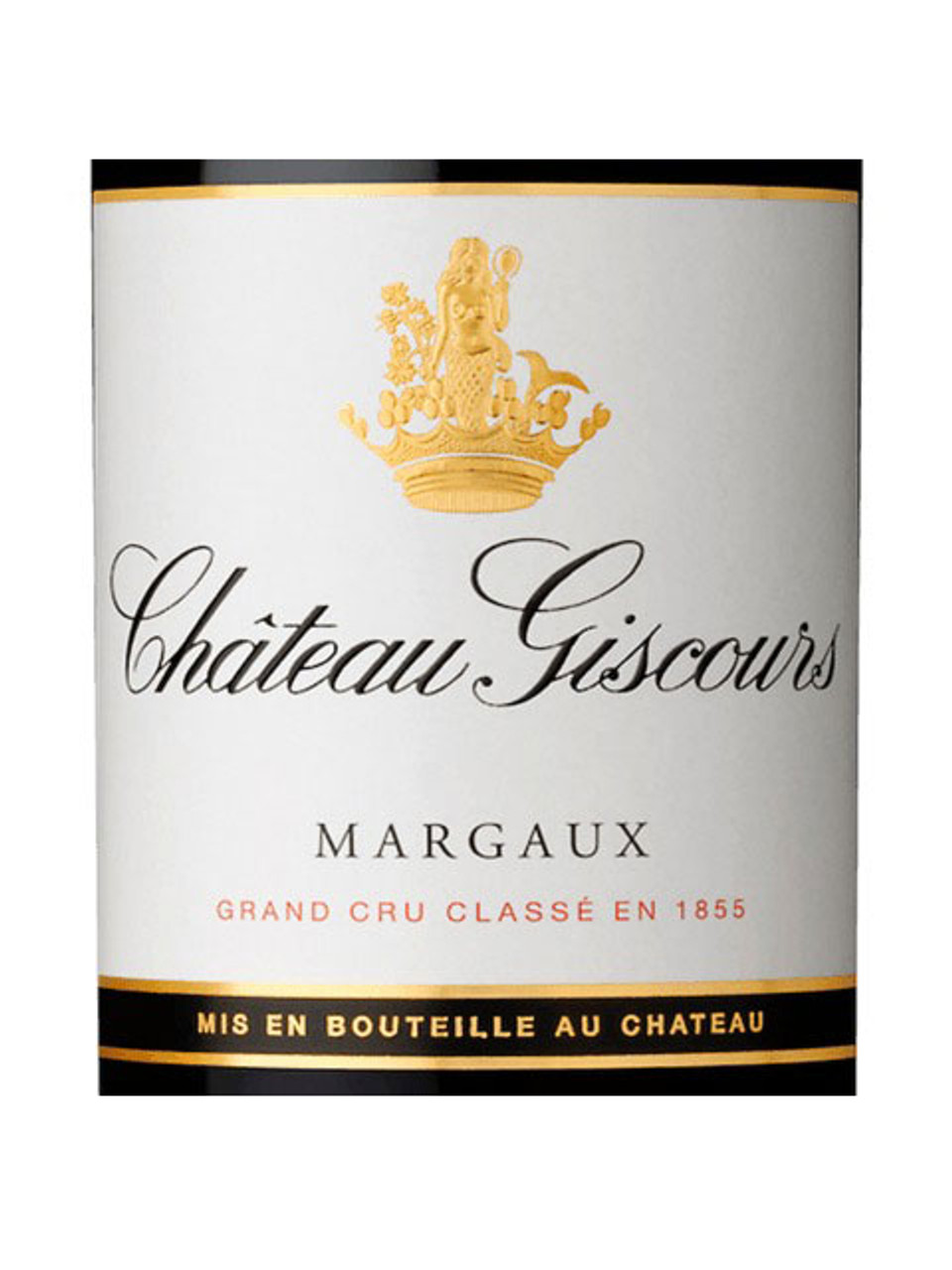
Giscours Margaux 2019
Cabernet/Bordeaux Blends from Margaux, Left Bank, Bordeaux, France
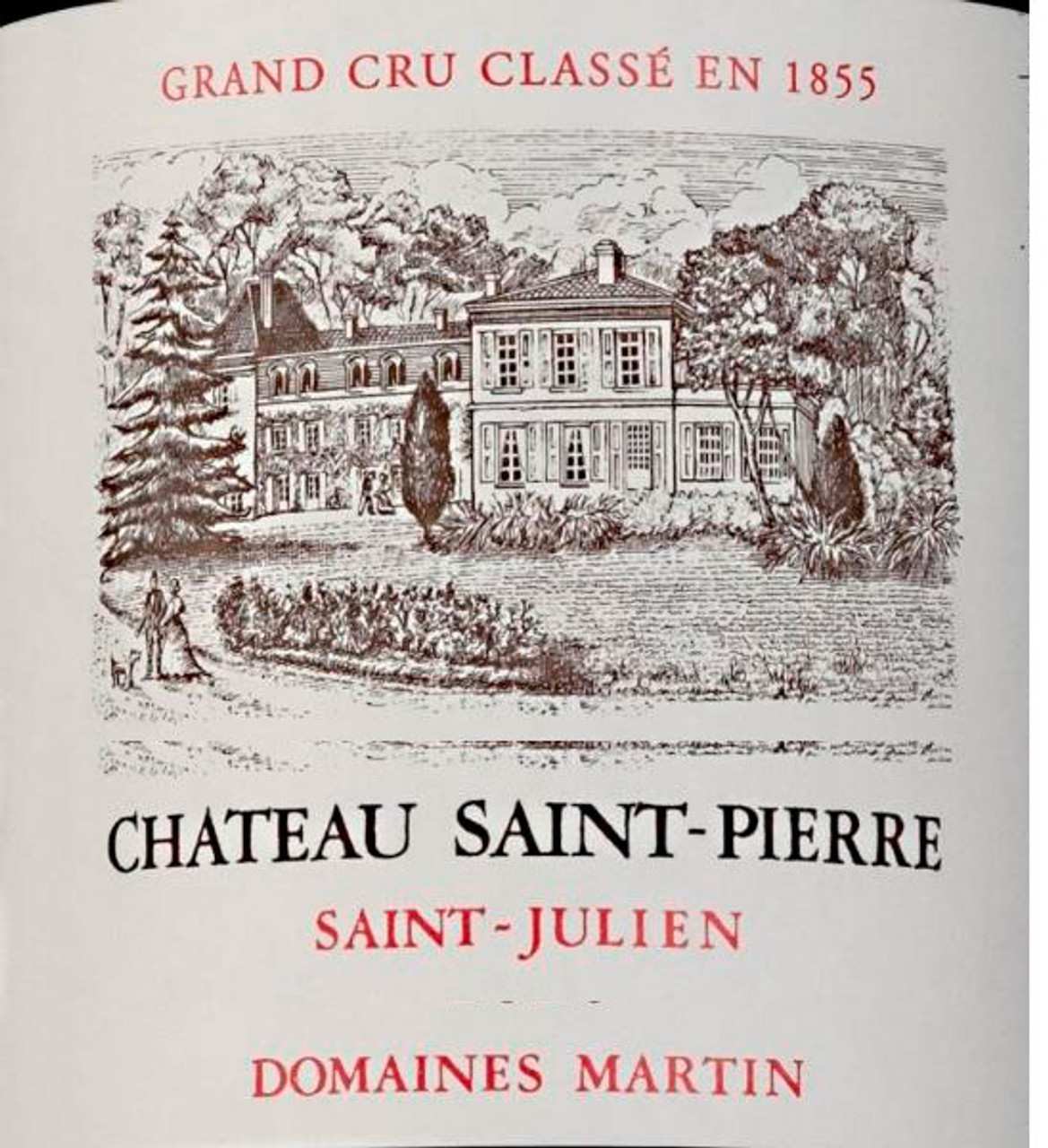
Saint Pierre St-Julien 2015
Cabernet/Bordeaux Blends from St-Julien, Left Bank, Bordeaux, France


